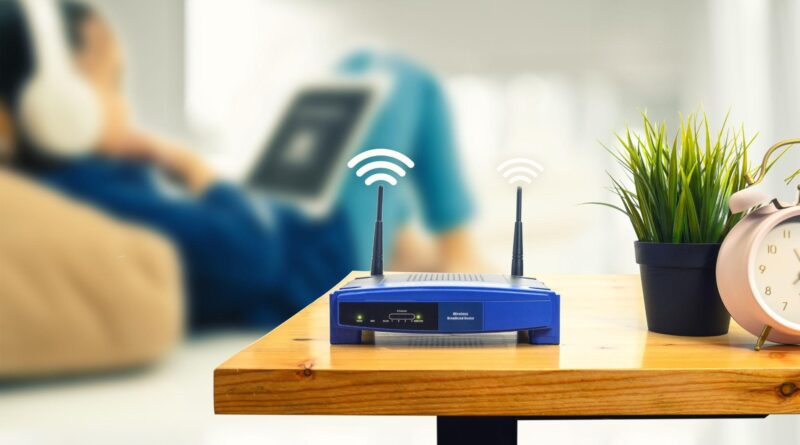5 Ways to Solve the Mac Won’t Connect to WiFi Problem
Are you having trouble getting online because your Mac refuses to connect to Wi-Fi? It is a frustrating issue that can leave you annoyed, especially because the work from home module demands that you improve the Wi-Fi speed, completing the tasks seamlessly.
If the only issue you’re having is slow Wi-Fi speed, the guide on https://setapp.com/ will help you. But if your system won’t connect to your Wi-Fi network, read along.
Some Of The Reasons Why Your Mac Cannot Connect To Wi-Fi Might Be:
- macOS software issue
- Your ISP’s network is down
- Issues with your router or Wi-Fi network
When you see an exclamation over the Wi-Fi symbol, you need to start with the basics before diving into complex troubleshooting. Here’s what you need to do:
- Ensure you’re connecting to the right network, and if you are but with no results, you can try connecting to a different available network
- Switch your Wi-Fi on and off
- Restart your Mac and try reconnecting
- Make sure the router’s cables are properly connected, and they’re not faulty
If you’ve already done the basics and are waiting for more solutions, here’s what you need to do.
- Check Wireless Diagnostics To Let Your Mac Identify The Problem And Find Solutions
Wireless Diagnostics is the in-built troubleshooting tool of macOS. Over the years, Apple has improved the tool to scan and detect problems on its own.
Search for it in the Spotlight search function to access Wireless Diagnostics, or you can press the Option key and select the wireless icon at the top of the screen.
Then, click Open Wireless Diagnostics, click on Monitor my Wi-Fi connection and select Continue. Your device will go through various steps to detect and resolve Wi-Fi issues, and you’ll get a detailed look at the available network options.
If that fails, you can set up Wireless Monitoring so your system can collect information and present it to you about your ongoing issues. Then, you can show the information to a technician and have your Wi-Fi problems fixed.
- Check With Your Internet Service Provider
If your Mac doesn’t connect to the Wi-Fi network even after you’ve tried several fixes, you might want to check with your Internet Service Provider and find out if there are any issues at their end.
In these cases, you don’t have anything to do, and you have to wait till the issue gets solved at their end.
- Switch The Router’s Channel
If you live in a densely populated apartment or area with extremely high Wi-Fi usage, it can result in connectivity issues. It may help change the router channel if your Mac doesn’t connect to the Wi-Fi.
You can switch to the 5-GHz band by locating the default IP address of the router’s manufacturer. It’ll be found in the router manual or under the router.
Next, you need to type the IP address in your web browser and log into the router settings. Then, look for the 802.11 bands and change this from 2.4-GHz to 5-GHz.
Save the changes and try reconnecting.
- Check If There Are Any New Os Updates
Apple users receive yearly macOS updates, along with other minor updates. A simple update might sometimes solve several issues, including connectivity problems. First, you need to go to the Apple menu and click on System Preferences. Then, click on Software Update, and if new updates are pending, install those updates.
After the new update has been installed, try to connect to the Wi-Fi network again.
- Alter the DNS settings
Domain Name System or DNS is the digital equivalent of a traditional phonebook. It offers a name (URL) and a number (IP address).
All routers use the DNS server of the ISP by default. However, you can override it when you cannot connect to the Wi-Fi network. You can use different DNS servers, such as Google’s free DNS server.
To change the DNS settings, you need to click on the Wi-Fi symbol and select Network Preferences. Then, click Advanced and choose the DNS tab. Finally, you need to choose the + button, enter 8.8.8.8 and click OK.
Furthermore, you need to remove the DNS cache because IP address information is stored on your system as a cache. These files might be the culprit and hinder the network connections.
Conclusion
These quick troubleshooting tips might help solve the connectivity issue you’re experiencing. However, if they don’t work, you may have to talk to a technician and let them take care of the problem on your behalf.




